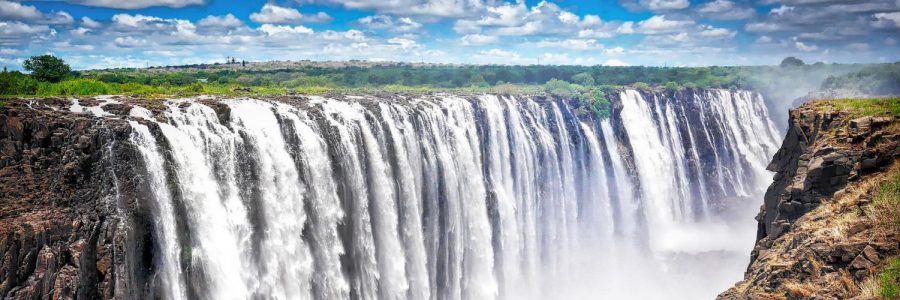The Seven Natural Wonders of the World Are in Danger
In 1997, CNN released its first list of the seven natural wonders of the world. They are:
- The Aurora Borealis, the “dancing lights” in the sky produced by solar magnetism in the far northern hemisphere.
- The Harbor of Rio de Janeiro, the first continental American bay encountered by European explorers.
- The Grand Canyon, a river valley in the Colorado Plateau considered to be the largest canyon in the world, over 277 miles long and 18 miles wide.
- The Great Barrier Reef, the largest reef in the world, found off the coast of Queensland, Australia, with nearly 133,000 square miles of effervescent beauty.
- Mount Everest, the highest point on our planet (29,029 feet) and largest mountain in the world above sea level.
- Parícutin is a cinder cone volcano located in Uruapan, Mexico and the is the only volcano on the list.
- And Victoria Falls, which is neither the widest nor the longest waterfall but is believed to be the overall largest waterfall on our planet when one considers both its width and length, sitting on the border between Zambia and Zimbabwe.
In recent years, our atmosphere has been polluted with excessive amounts of carbon dioxide from factories that release toxic waste, vehicles being used everyday for travel, and generating electricity. Like other greenhouse gases, CO2 gets pushed up into our atmosphere to create a thicker, hotter Earth.
Fifteen of the sixteen hottest years on record have occurred in the 21st century. This pattern is known as global warming, with global temperatures rising nearly 1.4 degrees Farenheit (0.8 degrees Celsius) since 1880.
We’ve all heard of glaciers in Antarctica and the Arctic Circle melting away in recent years, having been severely damaged by toxic fumes in the air. This actually puts our own lives at risk, as sea levels are expected to rise, eventually submerging all seven continents’ coastlines.
Scientists that have performed studies in Rio de Janeiro have determined that a substantial amount of our world’s coastlines could be underwater within the next twenty to thirty years.
Global warming is endangering many of the world’s natural wonders, as well. As more greenhouse gases, such as carbon dioxide, are released into the air, our view of the Aurora Borealis’s dancing lights becomes more and more inhibited.
As the polar ice caps continue to melt, the area of the harbor of Rio de Janeiro will increase, eventually completely submerging the city of Rio and destroying not only many people’s homes, jobs but the serene beauty of the surrounding jungles and habitat. Scientists say this could happen within the next few decades.
According to Northern Arizona University graduate student Miles McCoy-Sulentic, an increase in global temperatures will decrease rainfall and water flowing through the Grand Canyon, causing more drought-tolerant plants to shift along the Colorado River and into the canyon itself. These invasive species could potentially outcompete and take the place of species already present in the Grand Canyon.
At the Great Barrier reef, marine heat waves — another effect of global warming — are eating away at the ecologic makeup of the reef from the outside in. Not only is this killing the reef’s beautiful coral infrastructure, but any creatures living in the coral risk losing their homes if the current destruction continues.
Two hundred of the 9,000 glacial lakes in the Himalayas — the mountain range to which Mount Everest belongs — are at risk of overflowing in what is called a glacial outburst flood. In 1985, such a flood sent 10 million cubic meters of water into a village, carrying most of the buildings and some people almost 55 miles.
Parícutin, by contrast doesn’t seem to be facing any problems and in fact may help with global warming. It has been proven that the thick clouds of smoke from volcanic eruptions can cool the earth by shading solar radiation. However, the carbon emissions released will further cloud and pollute our atmosphere.
Finally, many fear that the beauty of Victoria Falls will be gone in 50 years. Water levels are declining due to the temperature change and the drier climate created by atmospheric gases.
We must take a stand on global warming — not only for the sake of the seven natural wonders of the world, but also for the lives of you and others around you.

Quinn is a senior and is excited for his fourth year on the Harriton Banner, and his second year as editor of the Science & Tech section. Other than...


